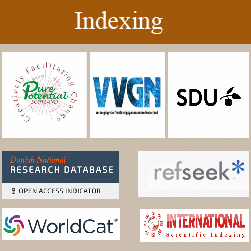Cosmetic Allergen in the Past and Present
Author(s):
Hideo Nakayama, Tamotsu Ebihara and Ko-Ron Chen
For almost 20 years after the end of World War II, many Japanese women were challenged by a dark secondary hyper pigmentation on their faces. The causation of this condition was unknown and incurable at the time. However this symptom became curable after a number of new cosmetic allergens were discovered through patch tests and as an aftermath, various cosmetics and soaps that eliminated all these allergens were put into production to be used exclusively for these patients. An international research project conducted by seven countries was set out to find out the new allergens and discover non-allergic cosmetic materials. Due to these efforts, two disastrous cosmetic primary sensitizers were banned and this helped to decrease allergic cosmetic dermatitis. Towards the end of the 20th century, the rate of positives among cosmetic sensitizers decreased to levels of 5% - 8% and have since maintained its rates into the 21th century. Currently, metal ions such as the likes of nickel have been identified as being the most common allergens found in cosmetics and cosmetic instruments. They often produce rosacea-like facial dermatitis and therefore allergen controlled soaps and cosmetics have been proved to be useful in recovering normal skin conditions.



